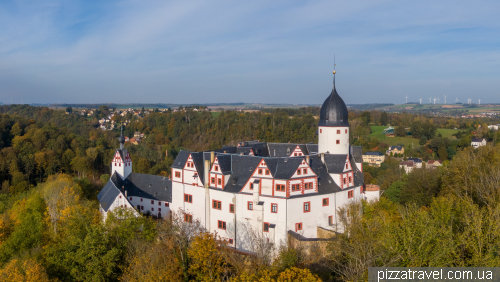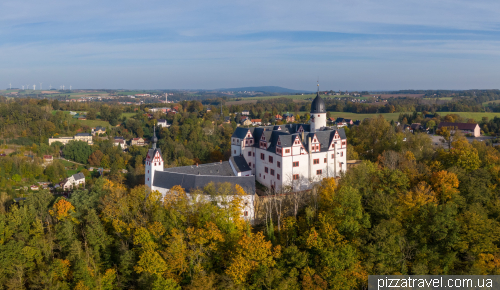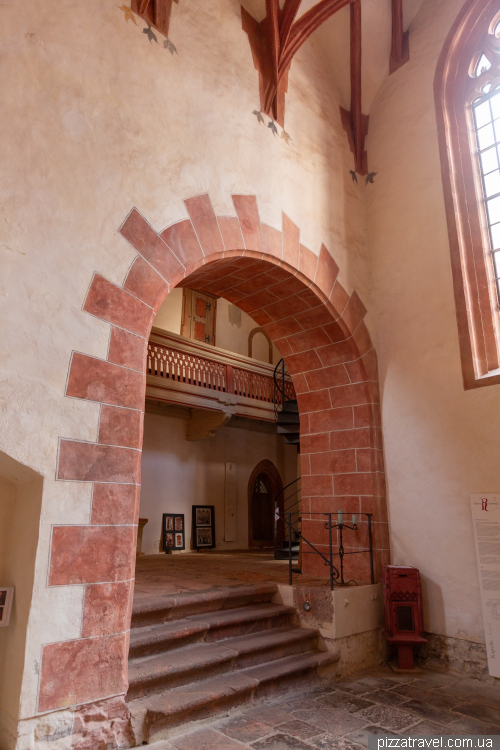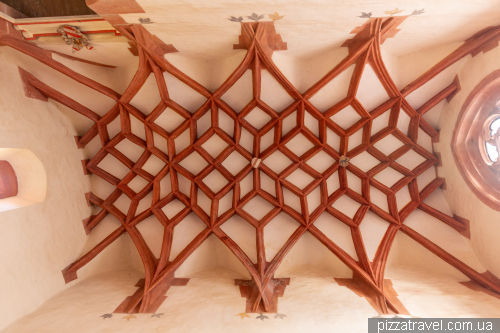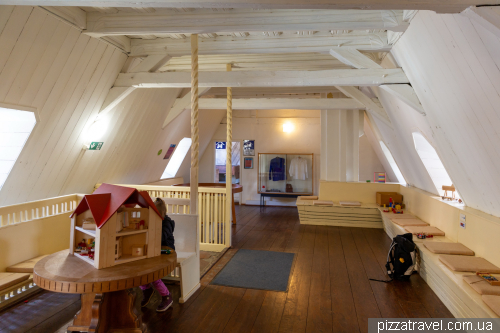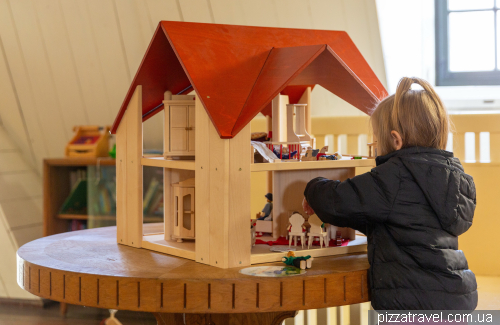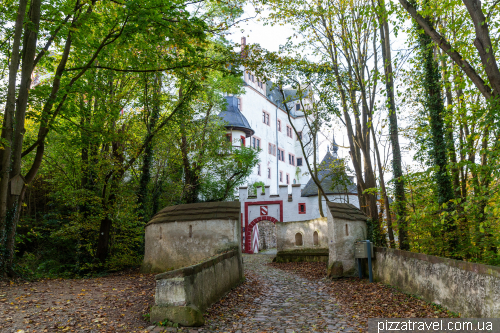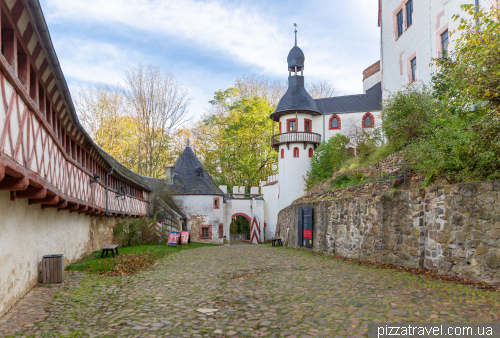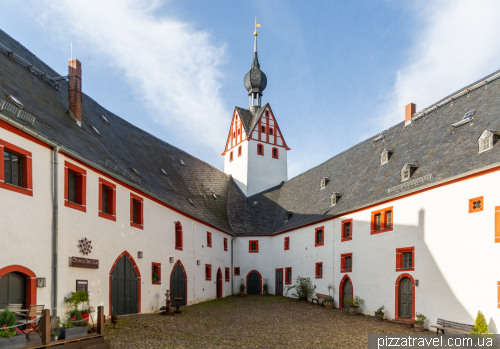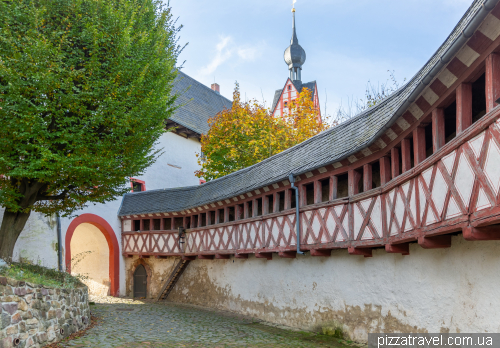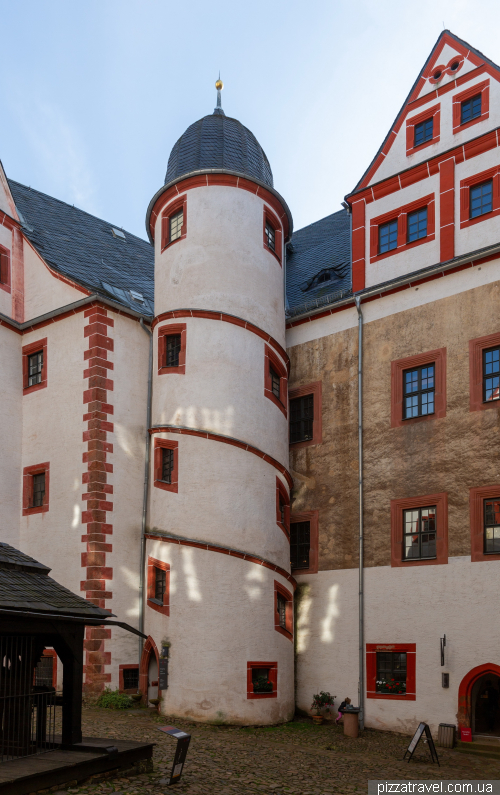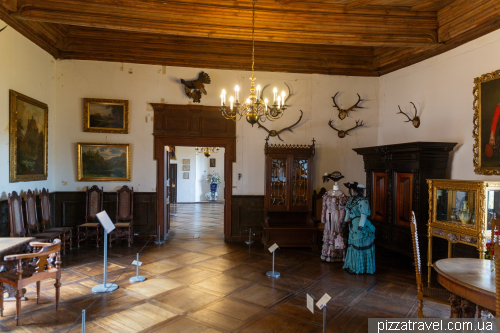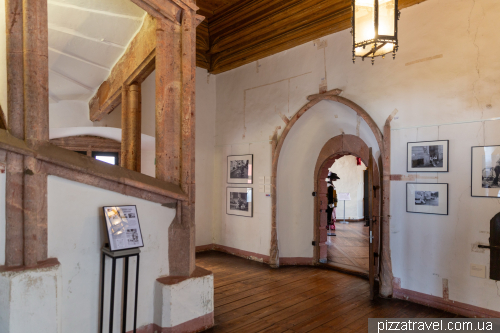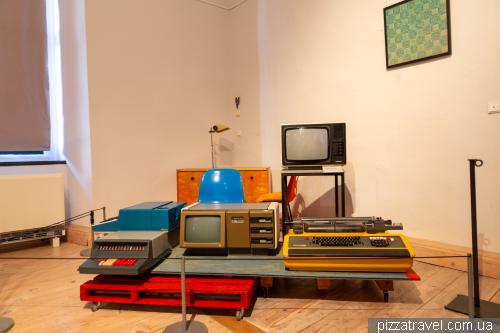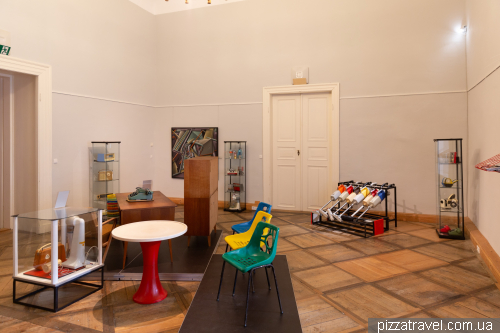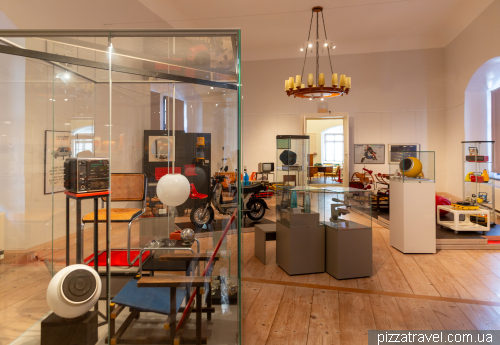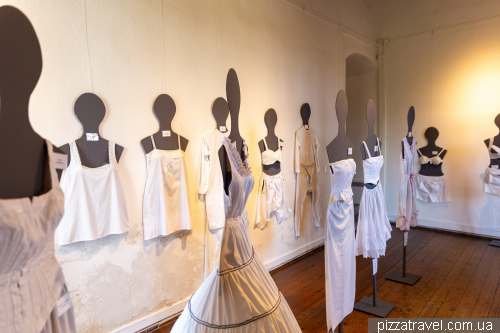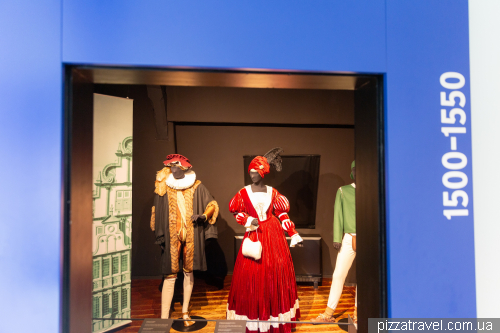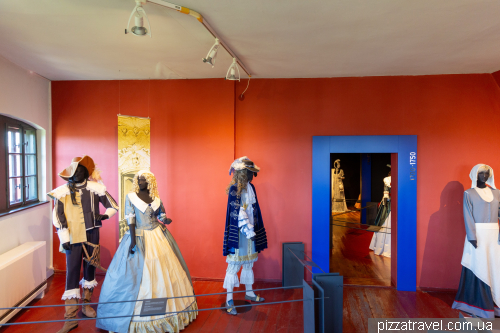In 1470 the complex was pledged to the politically influential elected councillor and chief marshal Hugold IV. von Schleinitz. The new owner undertook an extensive 12-year expansion and reconstruction works to create a palace. However, in 1503, Rochsburg Castle burned down completely due to carelessness in the kitchen.
The present appearance is mainly due to the reconstruction in the middle of the 16th century under Wolf II of Schönburg. The inscription in the chapel commemorates this reconstruction, which took place between 1548 and 1553.
Due to the owner's financial problems, in 1911 some rooms of the castle were opened to the public as a small museum. From the mid-1920s, the rooms were rented out as a hostel. In March 1932, a Catholic youth hostel with 50 beds opened in the main castle. In 1934, the youth hostel was taken over by the Hitler Youth, who organized a training camp there the following year, after which the hostel was finally used by the Hitler Youth as a military training camp.
From 1548 to 1945, Rochsburg remained in the possession of the Schönburg family, which was granted the title of count in 1700. In 1945, the property was taken over by the state of Saxony in a land reform. Three years after the end of World War II, the museum was reopened and has since exhibited furniture from the 16th to 19th centuries. In the same year the youth hostel reopened, which was finally closed in 1998.
On the very top floor, we discovered the historic rooms of this youth camp and even toys. Our daughter was thrilled, as neither she nor we expected this. Moreover, there is a nice playground right next to the parking lot, so you can safely come to the castle with small children.
See the official website for opening hours. We arrived on a weekday, just before opening time, and wandered around the huge castle all alone for over an hour.
Since 2015, the Choco Del Sol chocolate factory has been located in the castle courtyard. It produces and sells chocolate on site and hosts the annual EuroBean international chocolate festival.
Thanks to a major fundraising campaign “Save Rochsburg”, the complex was restored between 1928 and 1937. Since 1990, restorations have taken place continuously, though in 2024 we saw no traces of repairs, visually the castle was in excellent condition.
Things from the GDR
Clothing from different periods
Getting there: parking lot 50.944972, 12.766722. By train to Geithain, Narsdorf or Glauchau; by bus to Rochlitz, Wechselburg, Lunzenau, Penig or Waldenburg. From these towns you can take a bus 629 to Rochsburg.
